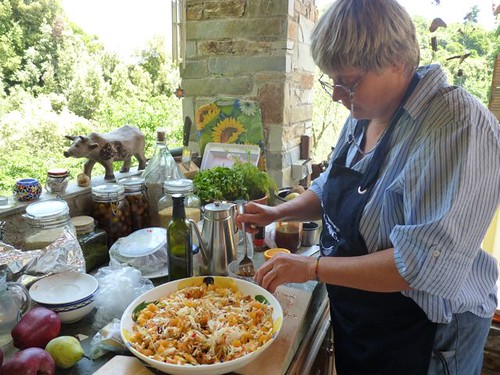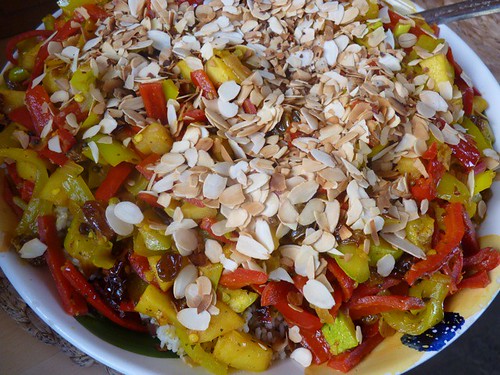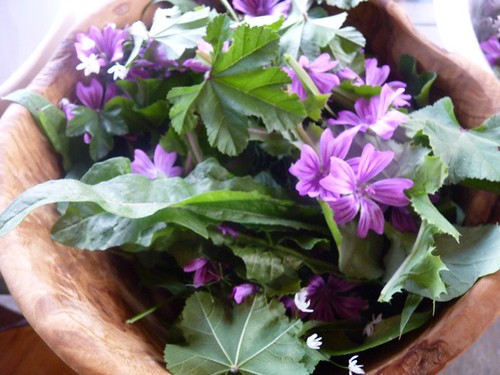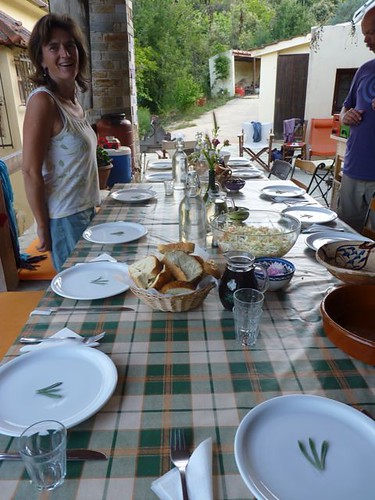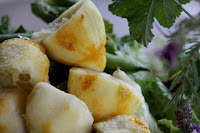I first came across radical amazement when I
was doing karma yoga in the kitchen at Schumacher College in Devon,
UK. The chef there, Wayne, invited us to slow down and come into new
relationship with the incredible beauty of each vegetable we were
cutting, to listen differently to our own internal rhythms and come into
ourselves by entering into intentional relationship to that which we
would be cooking, serving and eating with others.
It was true. The light through a thinly sliced
carrot revealed an incredible pattern that I had never noticed before. I
could see its cellular density! It was orange matter, but it was pure
light! I was amazed at how little attention I had paid to the natural
and unique beauty of each and every living food I cooked with or ate.
When I moved to Jerusalem, I soon discovered that radical amazement had a deep and mystical lineage to it. It was a term coined by Rabbi Abraham Joshua Heschel, who embodied an activist-mystic Judaism and a complete awe of being alive. He walked with Martin Luther King and “prayed with his legs” by being the values that he espoused. He wrote about a certain kind of humility that allows humanity to be learners, and if we ceased to be surprised and amazed by the wonder that is life and the ineffable mystery around us, then we were not longer alive.
“Our goal should be to live life in radical amazement, to look at the world in a way that takes nothing for granted. Everything is phenomenal; everything is incredible; to be spiritual is to be constantly amazed,” writes Abraham Joshua Heschel.
This deeply informed my continually evolving practice ground of the Conscious Kitchen which I have brought as a practice to share with and learn from kitchen tables, fires, hearths and communities all over the world. It has evolved into a collective practice, one which constantly amazes me in the huge love that people bring to the hearths we create together.
The practice of radical amazement can be as simple as setting an intention around an inner quality we want to bring to the making of our meal – a quality that we would want to offer as nutrients to the people eating the meal. Qualities like - gratitude, joyful attention, groundedness, wholeness, awe. What is the experience of cooking when we embody those qualities as we cook? And how does this intention come into the experience - and the bodies - of those who are eating? The intentions and the quality of presence of how we prepare the meal becomes a full nutrient into the food itself.
And somehow, the carrots and zucchinis invite us to become more aware of everything, of extraordinary in the ordinary. They become our teachers.
Today
The vegetables would like to be cut
By someone who is singing God’s Name
How could Hafiz know
Such top secret information?
Because
Once we were all tomatoes,
Potatoes, onions or
Zucchini.
- Hafiz



